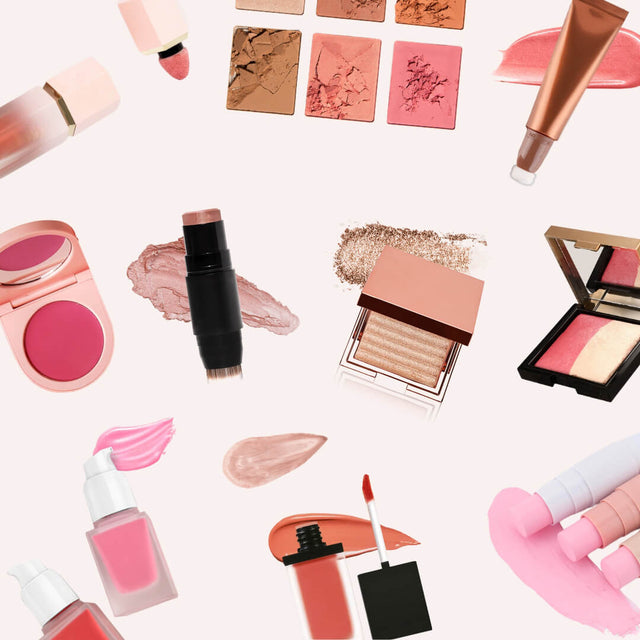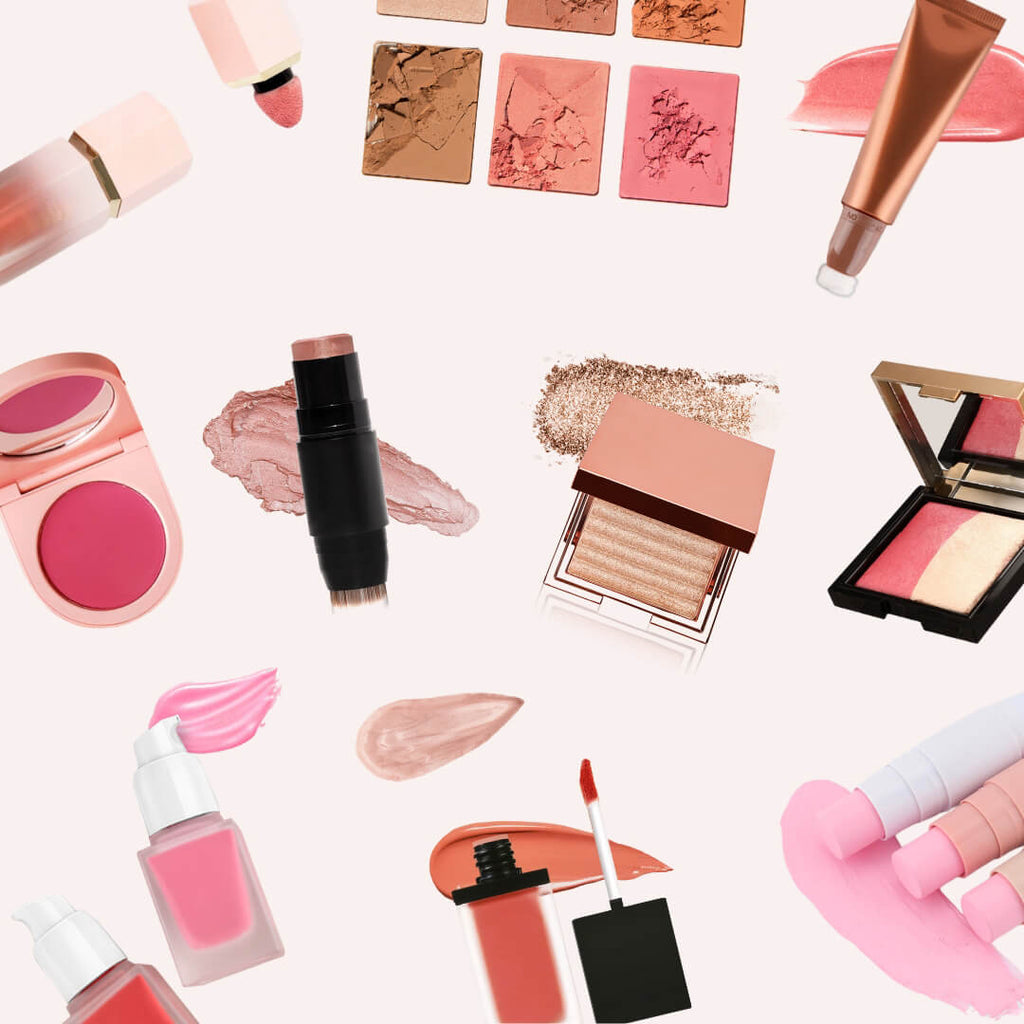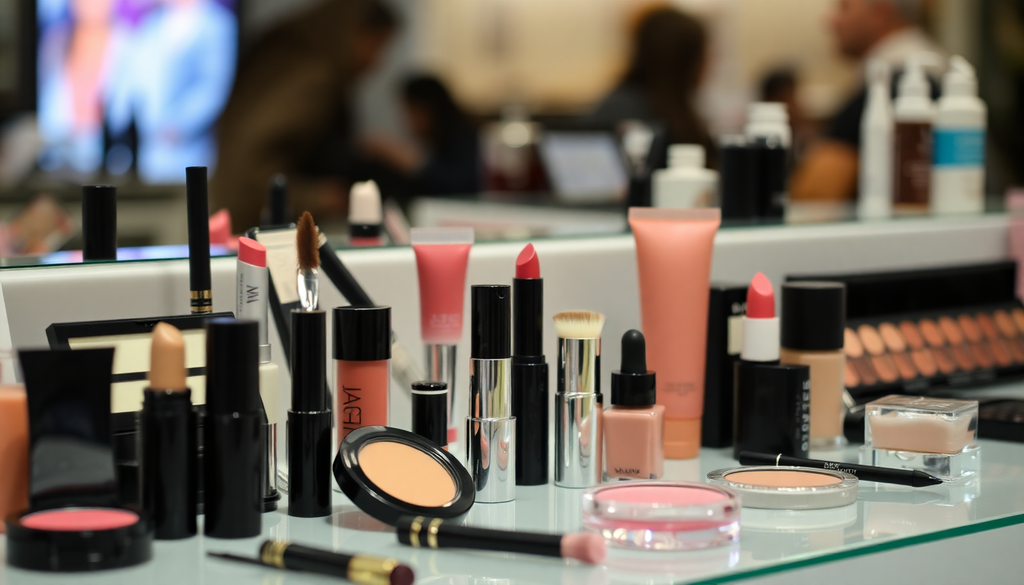
Step-by-Step Guide to Launching Your Private Label Makeup Brand in 2025: Market Insights, Import Policies, and Trendy Innovations for Global Success
Introduction
Launching a private label makeup brand can be an exciting and lucrative venture in 2025. The beauty industry is constantly evolving, with innovative products and sustainable practices reshaping consumer preferences. Understanding market insights, import policies, and the latest trends is crucial for success. This comprehensive guide will walk you through the essential steps to establish your makeup brand on a global scale.
1. Understanding Market Insights
Before diving into the beauty industry, it's important to analyze the current market trends. A thorough understanding of consumer preferences and industry dynamics will set the foundation for your brand.
- Consumer Preferences: Today's consumers are gravitating towards clean, sustainable, and cruelty-free products. Many are willing to pay a premium for brands that align with their values.
- Color Trends: Bold colors and unique formulations are trending, with vibrant pigments and innovative textures taking center stage. Colors like deep burgundy, electric blue, and earthy tones are gaining popularity.
- Personalization: Customizable products and personalized experiences are becoming increasingly popular, with consumers looking for makeup that caters to their individual styles and needs.
- Inclusivity: Brands that offer a broad range of shades and products for diverse skin tones are seeing greater success. Consumers expect brands to represent all demographics.
- Minimalism: The trend towards minimalistic beauty routines is on the rise. Multi-functional products that simplify the makeup application process are favored.
2. Navigating Import Policies
Each country has its own regulations regarding cosmetics importation. Understanding these policies is vital to ensure compliance and smooth entry into various markets. Here are some important policies to consider for major markets:
- United States: The FDA regulates cosmetic products, requiring proper labeling and ingredient disclosure. It’s essential to follow the guidelines to avoid penalties.
- European Union: The EU mandates compliance with the Cosmetics Regulation, which includes safety assessments and labeling requirements. Brands must ensure that their products are tested and approved before selling.
- Australia: Products must adhere to the Australian Industrial Chemicals Introduction Scheme (AICIS) regulations. It’s important to register your products and follow safety guidelines.
- Canada: Health Canada oversees cosmetic safety and requires a Cosmetic Notification Form for products. Familiarize yourself with the regulations to ensure compliance.
- Japan: The Pharmaceuticals and Medical Devices Agency (PMDA) regulates cosmetics, emphasizing safety and labeling. Ensure that products meet Japanese standards before entering the market.
- South Korea: Known for its rigorous beauty standards, South Korea requires pre-market approval for cosmetics. Understanding the K-Beauty landscape can offer insights into trends and consumer preferences.
3. Setting Up Your Makeup Online Store
Creating an online presence is pivotal for your makeup brand. With e-commerce growing rapidly, follow these steps to set up your digital storefront:
- Choose Your Platform: Consider platforms like Shopify, WooCommerce, or BigCommerce for user-friendly interfaces that cater to various business needs.
- Design Your Store: Invest in professional design to create an attractive and easy-to-navigate site. Ensure that your brand's aesthetic shines through in your website's layout.
- Payment Processing: Set up secure payment gateways (like PayPal, Stripe, or Square) to facilitate transactions smoothly. Offer multiple payment options to cater to diverse customer preferences.
- Product Photography: High-quality images are essential to showcase your products effectively. Consider hiring professional photographers or utilizing light boxes for optimal results.
- SEO Optimization: Implement SEO best practices by using relevant keywords, writing compelling product descriptions, and optimizing images to improve your site's visibility on search engines.
- Mobile Optimization: Ensure your website is mobile-friendly, as a significant portion of consumers shop via their smartphones.
4. Marketing Your Makeup Brand
Once your store is up and running, it’s time to focus on marketing strategies that will help you reach your target audience effectively. Here are some essential strategies:
- Social Media Presence: Leverage platforms like Instagram, TikTok, and Pinterest to reach your audience. Create engaging content that showcases your products in use and connects with potential customers.
- Influencer Collaborations: Partner with beauty influencers to showcase your products and build credibility. Choose influencers whose audiences align with your target market for maximum impact.
- Content Marketing: Create engaging content through blogs, tutorials, and videos to educate your audience. Share makeup tips, looks, and product insights to establish yourself as an authority in the beauty space.
- Email Marketing: Build an email list to keep customers informed about new launches and promotions. Regular newsletters can help maintain engagement and drive sales.
- Pay-Per-Click Advertising: Consider investing in PPC advertising on platforms like Google and social media to gain visibility and attract traffic to your online store.
- User-Generated Content: Encourage customers to share their experiences with your products on social media, creating a sense of community and authenticity around your brand.
5. Embracing Trendy Innovations
Stay ahead of the competition by incorporating the latest innovations in the makeup industry. Here are some trends to consider:
- Eco-Friendly Packaging: Sustainable packaging solutions are gaining traction among environmentally conscious consumers. Explore biodegradable or recyclable materials for your product packaging.
- Augmented Reality (AR): AR technology allows customers to virtually try on products, enhancing the shopping experience. Consider implementing AR features on your website or app to boost customer engagement.
- Vegan and Cruelty-Free Formulations: As consumers demand transparency, offering vegan options can set your brand apart. Highlight these values in your branding and marketing efforts.
- Multi-Functional Products: Products that serve multiple purposes, such as tinted moisturizers with SPF or lip and cheek tints, are increasingly popular. These products appeal to the minimalist consumer.
- Smart Beauty Devices: The rise of smart beauty devices, such as devices that analyze skin conditions or provide personalized skincare routines, is making waves in the industry. Consider integrating technology into your product line.
- Color-Changing Formulas: Innovative color-changing products that adapt to skin tone or environment are generating buzz. This uniqueness can attract curious consumers looking for something different.
6. Establishing Brand Identity
Your brand identity is crucial in differentiating yourself from competitors. Here are steps to create a strong brand identity:
- Define Your Brand Values: Clearly outline what your brand stands for, whether it’s sustainability, inclusivity, or innovation. These values should resonate with your target audience.
- Create a Unique Brand Name: Choose a memorable and catchy name that reflects your brand’s identity and values.
- Design a Distinctive Logo: Invest in professional logo design that visually represents your brand. Your logo will be a key element of your brand identity.
- Develop a Consistent Brand Voice: Ensure that all communications, from social media posts to customer service interactions, reflect a consistent tone and personality.
- Storytelling: Share your brand’s story and mission. Consumers are more likely to connect with brands that have a relatable narrative.
7. Building Relationships with Suppliers
Establishing strong relationships with suppliers is key to ensuring product quality and reliability. Consider the following:
- Research Suppliers: Find reputable manufacturers who specialize in private label cosmetics. Ensure they have a track record of quality and compliance with regulations.
- Request Samples: Before committing to a supplier, request samples to evaluate product quality and performance.
- Negotiate Terms: Discuss pricing, minimum order quantities, and lead times to ensure mutually beneficial agreements.
- Regular Communication: Maintain open communication with your suppliers to address any issues promptly and foster a positive working relationship.
Conclusion
Launching your private label makeup brand in 2025 can be a rewarding endeavor if approached strategically. By understanding market dynamics, adhering to import policies, setting up an appealing online store, effectively marketing your products, embracing innovative trends, establishing a strong brand identity, and building relationships with suppliers, you will be well on your way to achieving global success. Begin your journey today and make your mark in the beauty industry!




